The Concho Belt
At Harpo, we value Native American art. This article highlights an essential piece of Native American jewelry: the Concha belt. Come also discover our other products and follow our adventures.
"Concha" is a Spanish word for shell, so when we think of concha we think of shells such as the scallop shell. This beautiful round and flat shell shape is quite representative of the silver pieces that are worked into Navajo belts called concha belts or concho belts. They represent the beginnings of the jewelers' talents of the Amerindians and more particularly of the Navajo, the masters of the silver concha belt.
Well before the arrival of White Men, around 500 BC, some Native American tribes were already working certain metals such as copper. It is with the arrival of Europeans, especially the Spanish who arrived in Mexico, that the Natives close to the border were initiated to the art of silversmithing by Mexican craftsmen, around the 1860s. Thus the Concha Belt is an emblematic piece of accessory jewelry of the Southwestern United States.
This beautiful and imposing Navajo silver belt is worn by both men and women in every occasions, but it is of course a must for major celebrations: to wear a concha belt is to adorn yourself with a superb piece of jewelry that gives strength and stature.
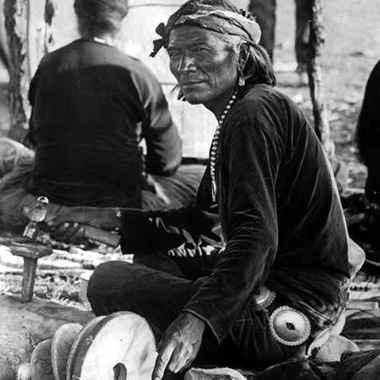
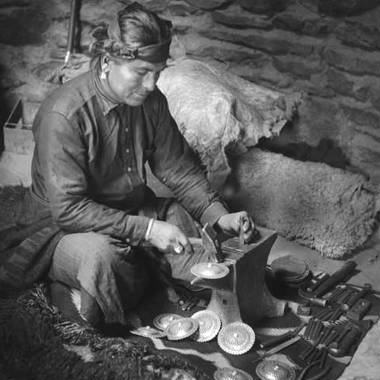
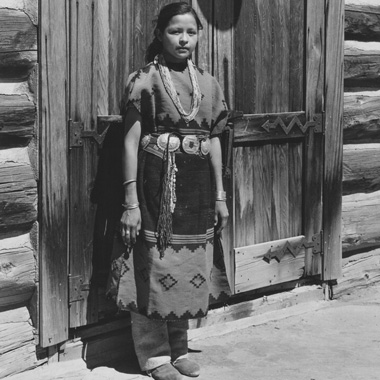
The composition of concho belts
The concha belt is composed of a leather strap more or less wide, on which rests beautiful silver coins of different shapes, all topped by a pretty buckle. The most famous components of this belt are the conchas (precisely!), this oval or round shape with serrated edges, and the butterflies (which as their name suggests have a shape reminiscent of the spread wings of this beautiful insect).
The designs of these pieces are incredibly variable: there are as many concha belts as there are artists who make them.
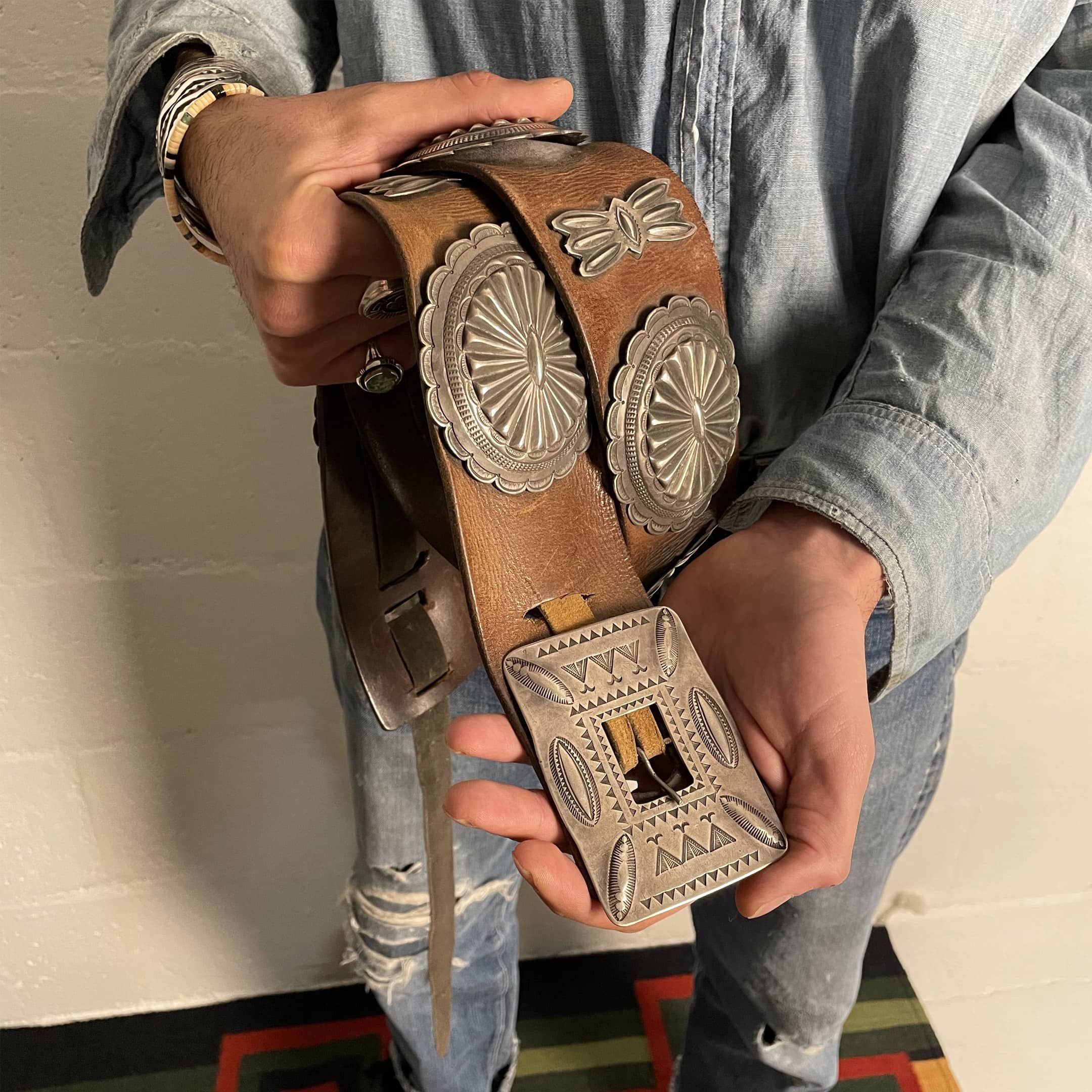
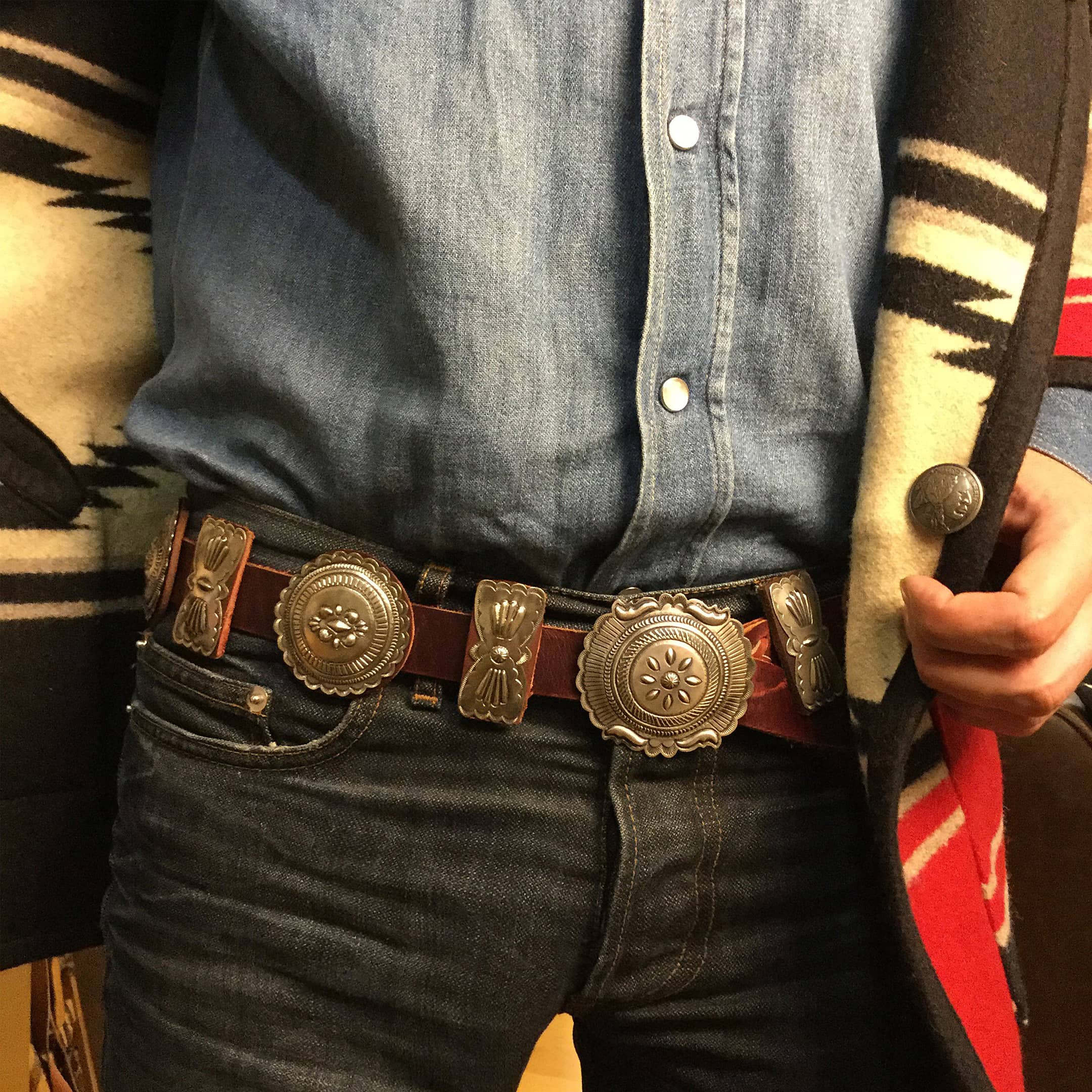
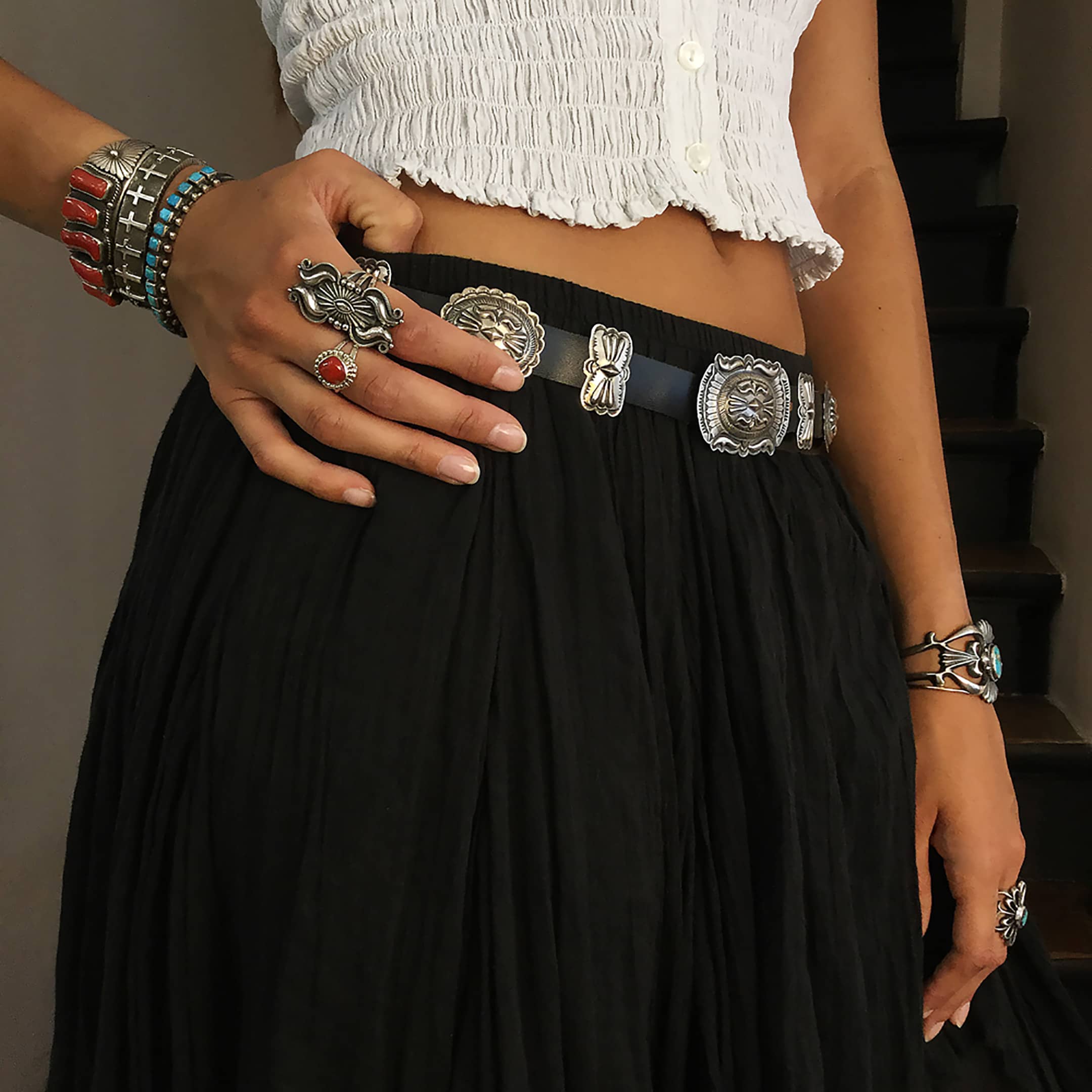
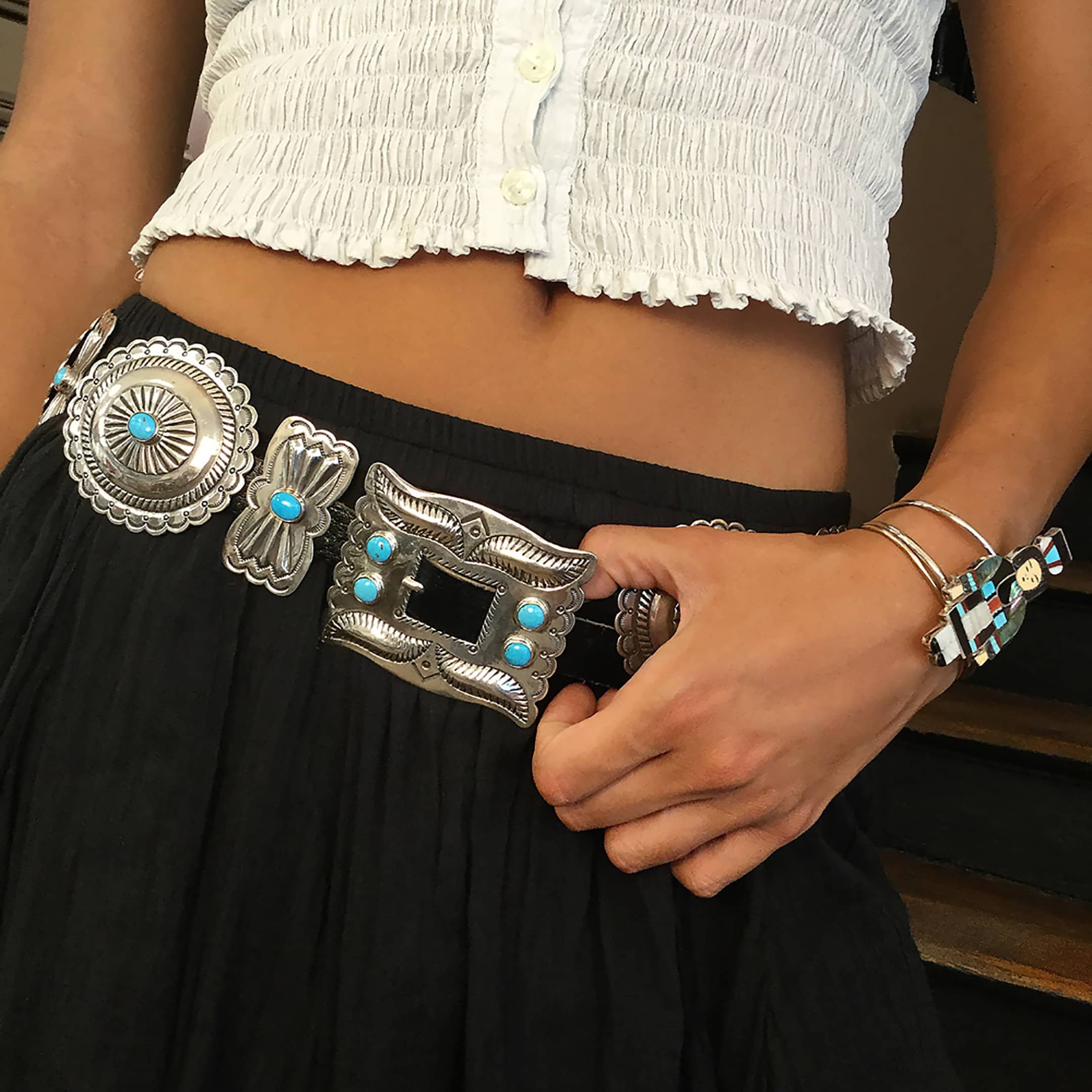
The evolution of the concha belt
Initially, the silver conchas were pierced with a hole in the middle to slide the leather strap, then later artists learned soldering techniques and thus attached the conchas and butterflies to copper bars, allowing these pieces to slide on the leather strap without being pierced. It was then that the artists were able to take advantage of the flat surface of the pieces to create beautiful designs using the techniques of stamping and Repoussé.
It is important to know that each artist creates his own punches, which allows them to be identifiable and unique. As for the Repoussé technique, it requires an unparalleled know-how in which the Native American jewelers excel: this "hand-hammering" technique is recognized by convex shapes made in a perfectly mastered gesture. If the artist puts too much power in the hammering, then the silver can become brittle and give rise to uneven and unattractive shapes. On the other hand, if the blow is not powerful enough, the design is not uniform and visible everywhere.
The concha belt is therefore a work of jewelry of the highest quality, emblematic of the Native American know-how. This is even more apparent now that the concho belt is made and worn by different tribes: From the all-silver concha belts made and worn by the Navajo, there are now concha belts with beautiful turquoise and other stones and shells set on them (sometimes just a touch, sometimes all of them), as well as Zuni concho belts showcasing the superb inlay skills they are so well known for.
That's the wonderful thing about concha belts: they come in many different shapes and styles from one artist to another and that's what we're keen to show in our store, which you can see in the belts section of our website.

 Rings
Rings Bracelets
Bracelets Necklaces
Necklaces Earrings
Earrings Pendants
Pendants Buckles
Buckles Belts
Belts Fetishes
Fetishes Bolo ties
Bolo ties Stunning Pieces
Stunning Pieces Moccasins
Moccasins Miscellaneous
Miscellaneous Decorations
Decorations